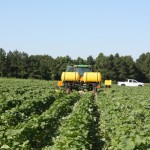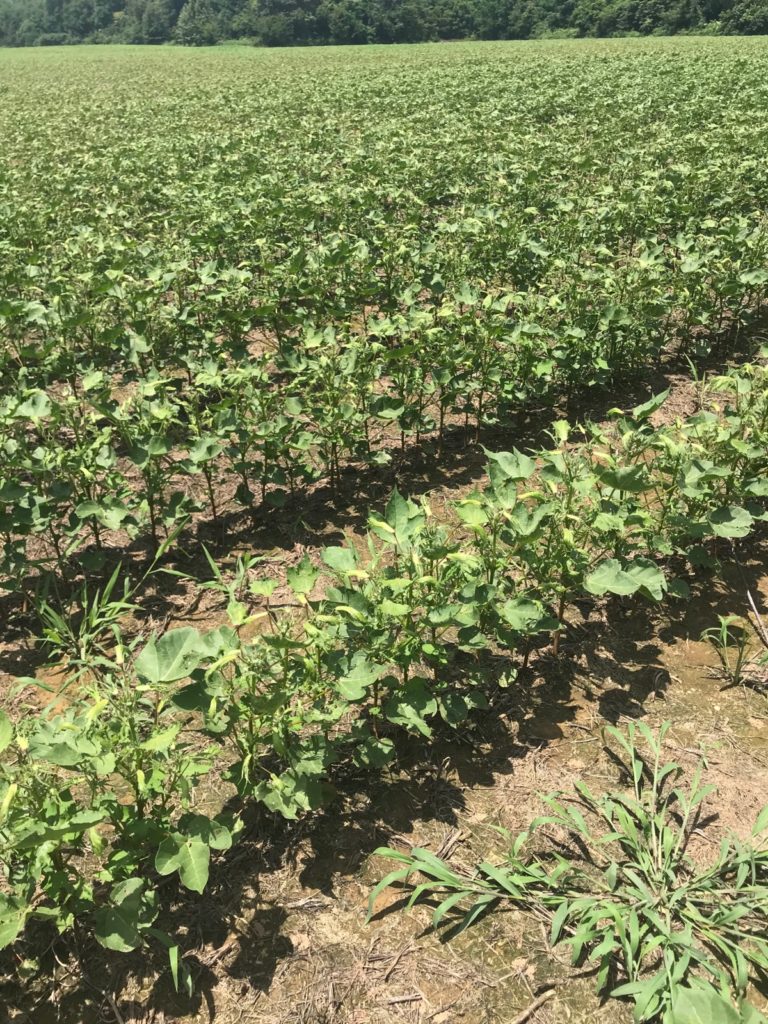 Information regarding cotton management following an off-target auxin event has been requested by several producers in our area. This blog briefly covers factors which can impact the yield penalties associated with auxin injury and best management practices after the injury occurs. Continue reading
Information regarding cotton management following an off-target auxin event has been requested by several producers in our area. This blog briefly covers factors which can impact the yield penalties associated with auxin injury and best management practices after the injury occurs. Continue reading
Category Archives: Cotton
Strategies to Address Palmer amaranth, junglerice and goosegrass Escapes from Follow-up Applications in Xtend and Enlist Crops.
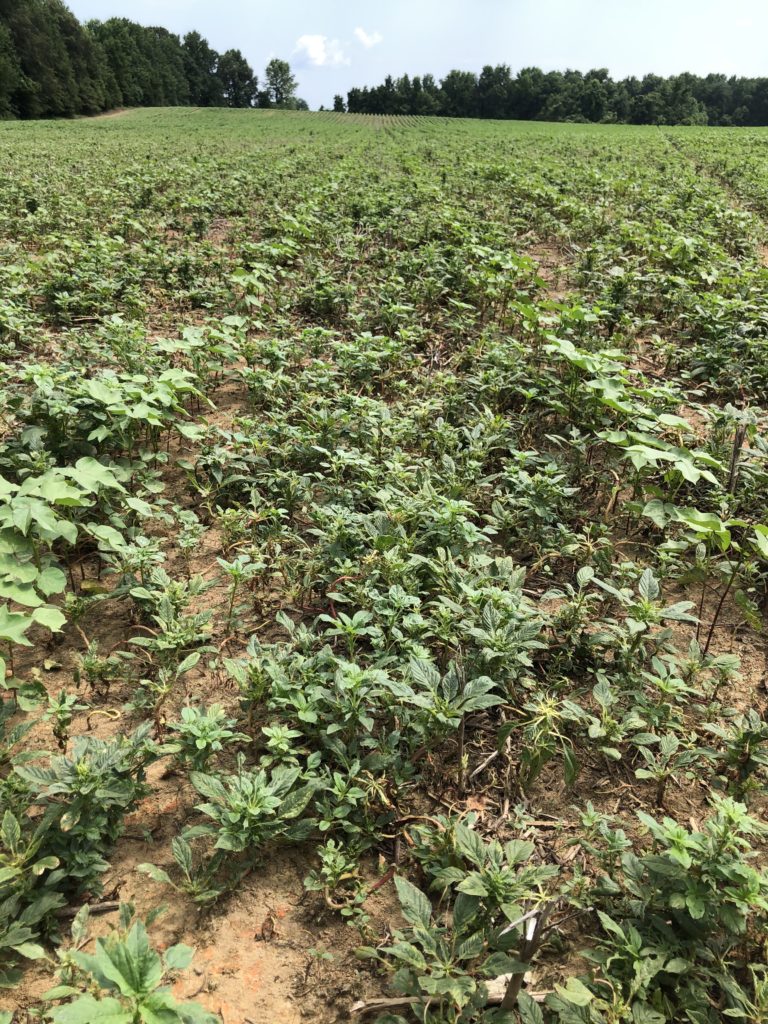
Calls continue from some folks frustrated with goosegrass, junglerice and Palmer amaranth escapes after a dicamba + glyphosate application. A large reason for the frustration is the follow-up applications have often provided less control than hoped. Timing is the cause for some of these poor weed control issues. Herbicide resistance is another cause. Continue reading
Call of the Week: Hot Topics with Larry Steckel & Scott Stewart
![]() Weed management is dominating calls to UT Extension specialists this week. Larry Steckel answers those frequently asked questions in this episode. Scott Stewart joins him to discuss insect management issues to look out for as we enter July. Listen.
Weed management is dominating calls to UT Extension specialists this week. Larry Steckel answers those frequently asked questions in this episode. Scott Stewart joins him to discuss insect management issues to look out for as we enter July. Listen.
Concerns About Poor Palmer Amaranth Control with Dicamba
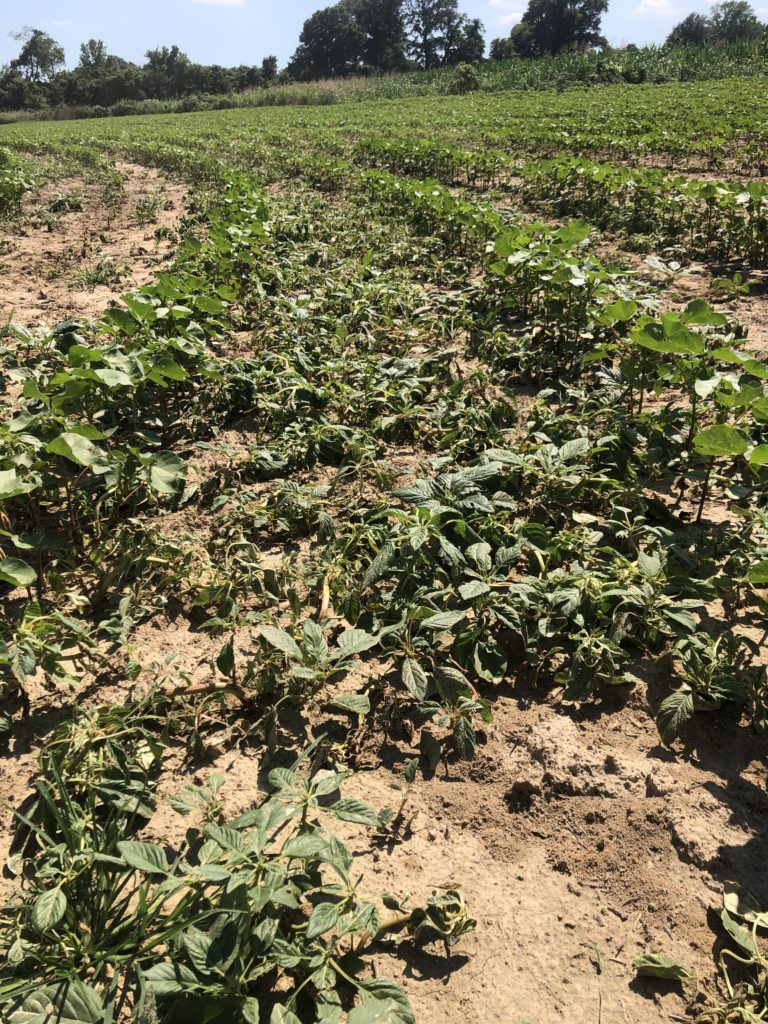
Calls continue to come in on concerns about poor Palmer amaranth control after a dicamba application. More than a few have reported that Palmer amaranth has survived multiple dicamba + glyphosate applications (Example above). Continue reading
A Brief Insect Update (June 25, 2020)
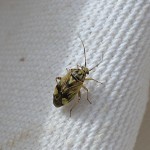
It’s been a generally quite week for insect problem but below are some reminders and suggestions.
Cotton: Most cotton is past the stage where thrips are a concern. Tarnished plant bugs will now be our primary focus for much of the season. Thus far, most reports indicate a slow and sporadic start with plant bugs, but treatments are now being made more widely. However tempting, I encourage people to avoid using Continue reading
New Weed Tour Video
We’ve added a cotton weed control video to the 2020 Weed Tour playlist. Check it out.

Post-Direct and Hooded Mixtures
Early Season Management of Plant Bugs in Cotton
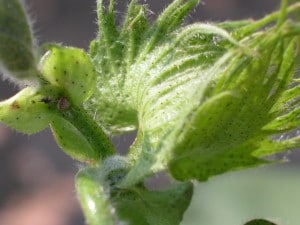
Below are a few reminders as much of the crop will begin squaring in the next week. It’s too soon to know what kind of plant bug year we will have, but there are a couple of truism that generally hold. When we have a wet spring, and particularly a cool spring, infestations in cotton often start a little later than normal. The weedy hosts of tarnished plant bug will stay attractive longer, holding the bugs longer before they migrate into cotton. However, we often since higher than normal populations during mid and late season under the same circumstance. Second, Continue reading


